Motion is the movement of something from one place to another. The students in Room 5 have been learning to classify New Zealand animals by the way they move. We discovered that animals are very diverse and move in a variety of ways - swim, fly, swing, climb, walk. We used a chart to sort these animals into movement groups, then the students shared their thinking about the special features each animal have to allow them to move in this way.
Tuataras have clawed feet that help them to climb trees and over rocks.
Dolphins have fins to make them good swimmers and glide through the water.
Kiwis and penguins only have tiny wings, so they cannot fly. They walk or waddle across the land.
Bats hang upside down and use the claws on their feet and wings to swing upside down under the tree.
Eels wriggle and slide down the muddy banks to the river.
We investigated how we can move an object from one place to another. A force needs to be applied to an object to make it move.We discovered some ways things could be moved - roll, push, pull, kick, glide, fly, slide. Objects can be moved by pushing or pulling them. A push is when you bring objects towards you, i.e. tug of war. A pull is when you move any object away from you, i.e. push a toy car. We ventured to the local Wairakei Park to investigate the kinds of Push and Pull forces we could find.
Erica May used a pull force to climb up the ladder because she pulled herself towards the top.
I used a push force to move Hazel on the flying fox because I was moving her away from me.
We used a pull force to climb up the tower because we were pulling ourselves up by the rope.
Dominic used a push force to turn on the tap because he pushed down on the button.
Hazel used a push force to swing Lydia because she pushed her away. You could also use a pull force to when we began to swing her as we pull the swing up high towards us.
As a class we participated in lots of hands-on activities to learn about forces including testing ramps, constructing a marble run and a variety of push and pull games.
Friction is the force that holds back a sliding object. We used a number of ramps, each coated in a different material, to see how friction affects the speed a car would move down a surface.
Before we conducted our experiment, we made a prediction of what we thought would happen.
The cars will slide down the ramp at different speeds.
The cars will slide down the smooth ramp the fastest because it has the least amount of friction.
The gold car will drive down the towel ramp the slowest because it is rough. It will go the fastest because it is the coolest.
Gravity is the invisible force that pulls us back to earth. As a class, we created a marble run to show how gravity affects the path of an object. The students discovered that the heavier the object, the faster it would fall. We investigated dropping objects from a height including balloons, balls, blocks, and kitchen utensils to see if our idea was accurate. In teams, the students designed and labelled a plan for their section of the marble run. Finally, they created their design using straws, sticks, cups, and paper rolls.
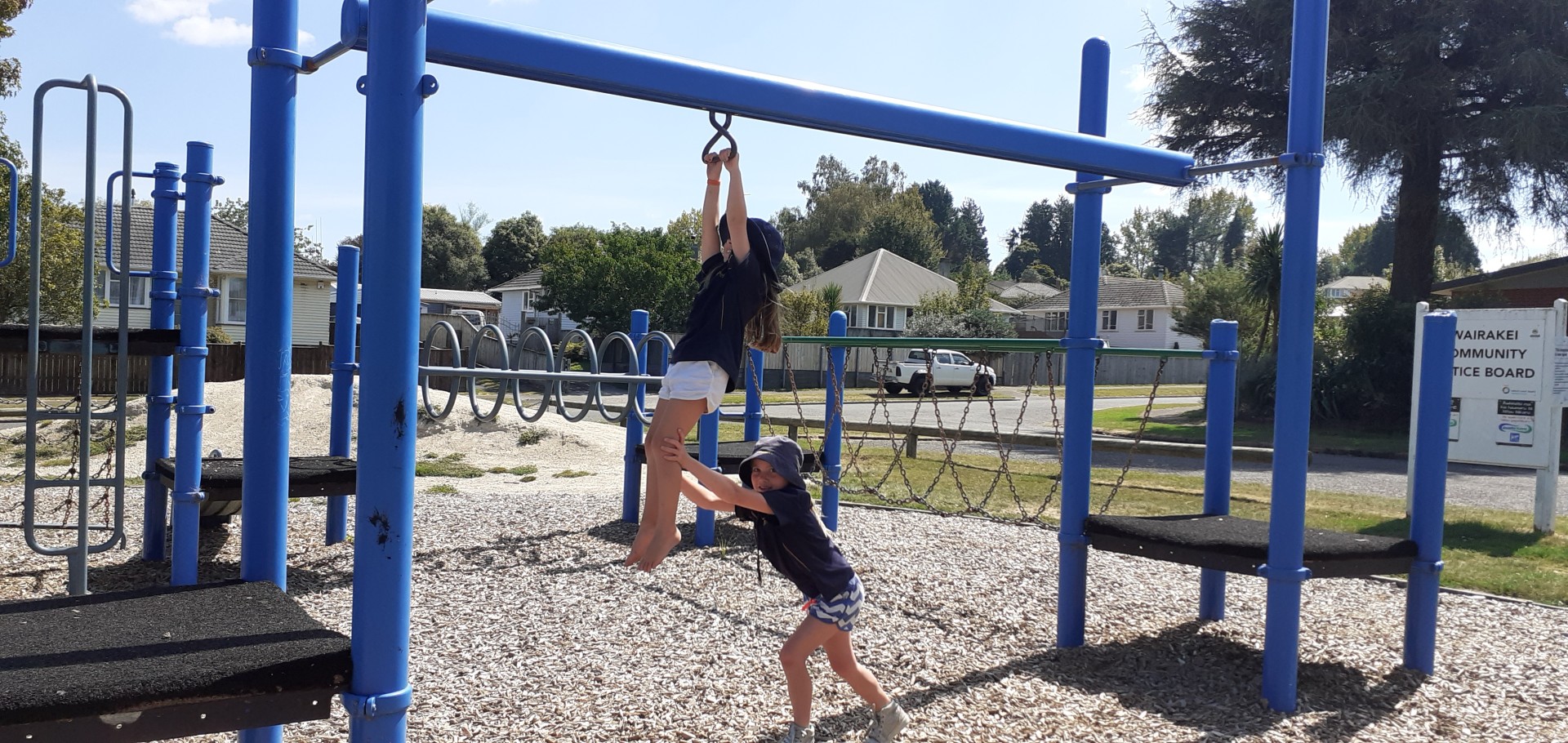
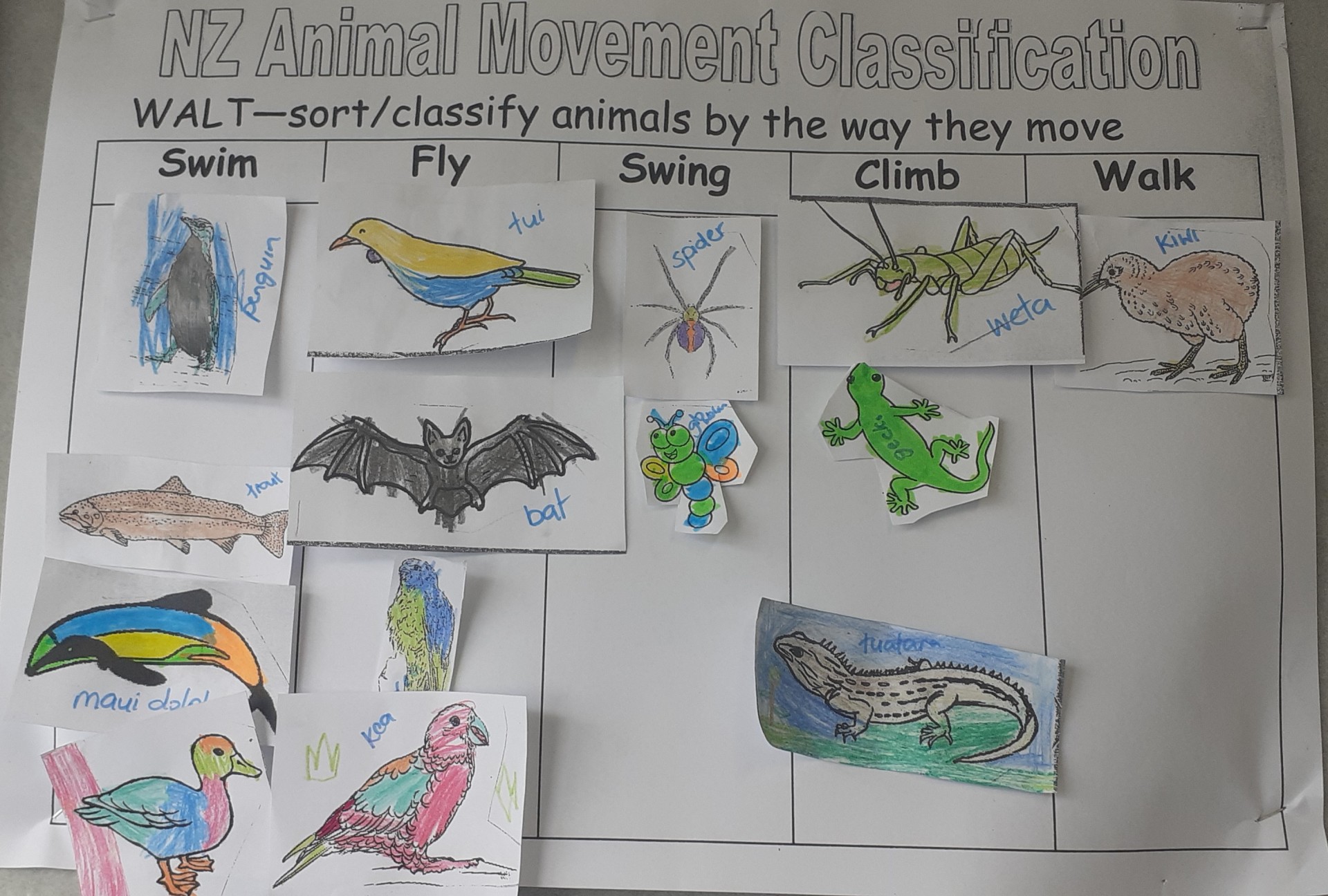
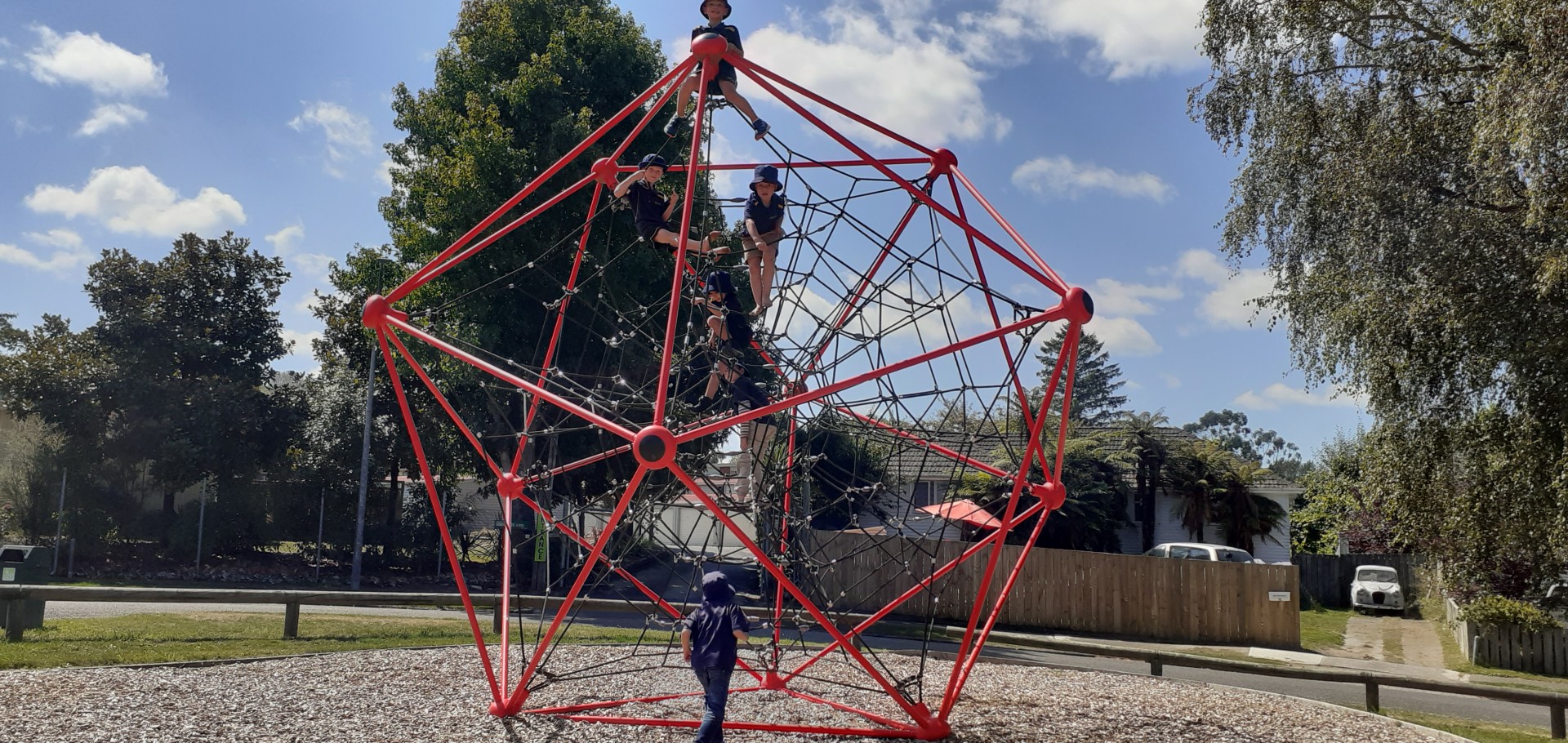
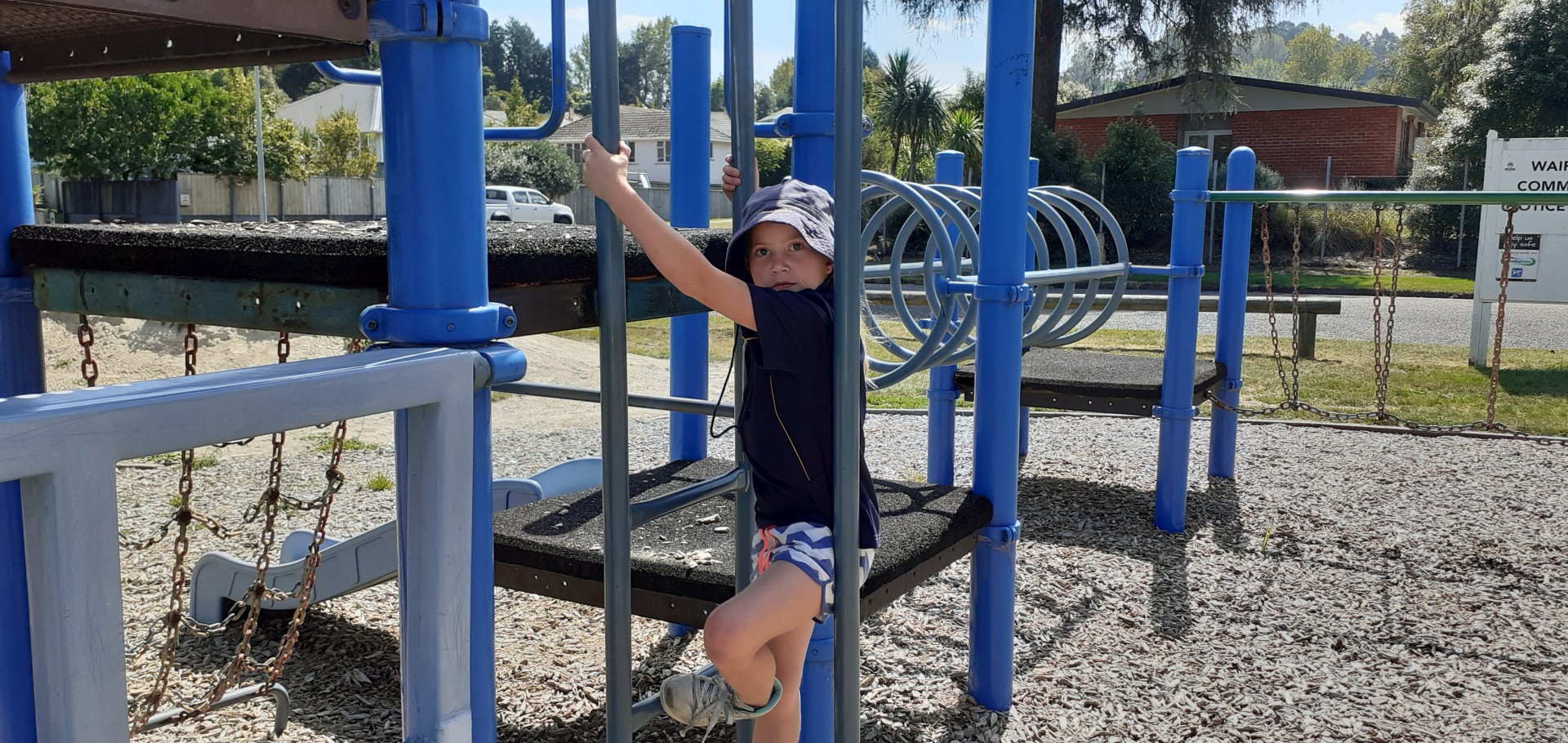
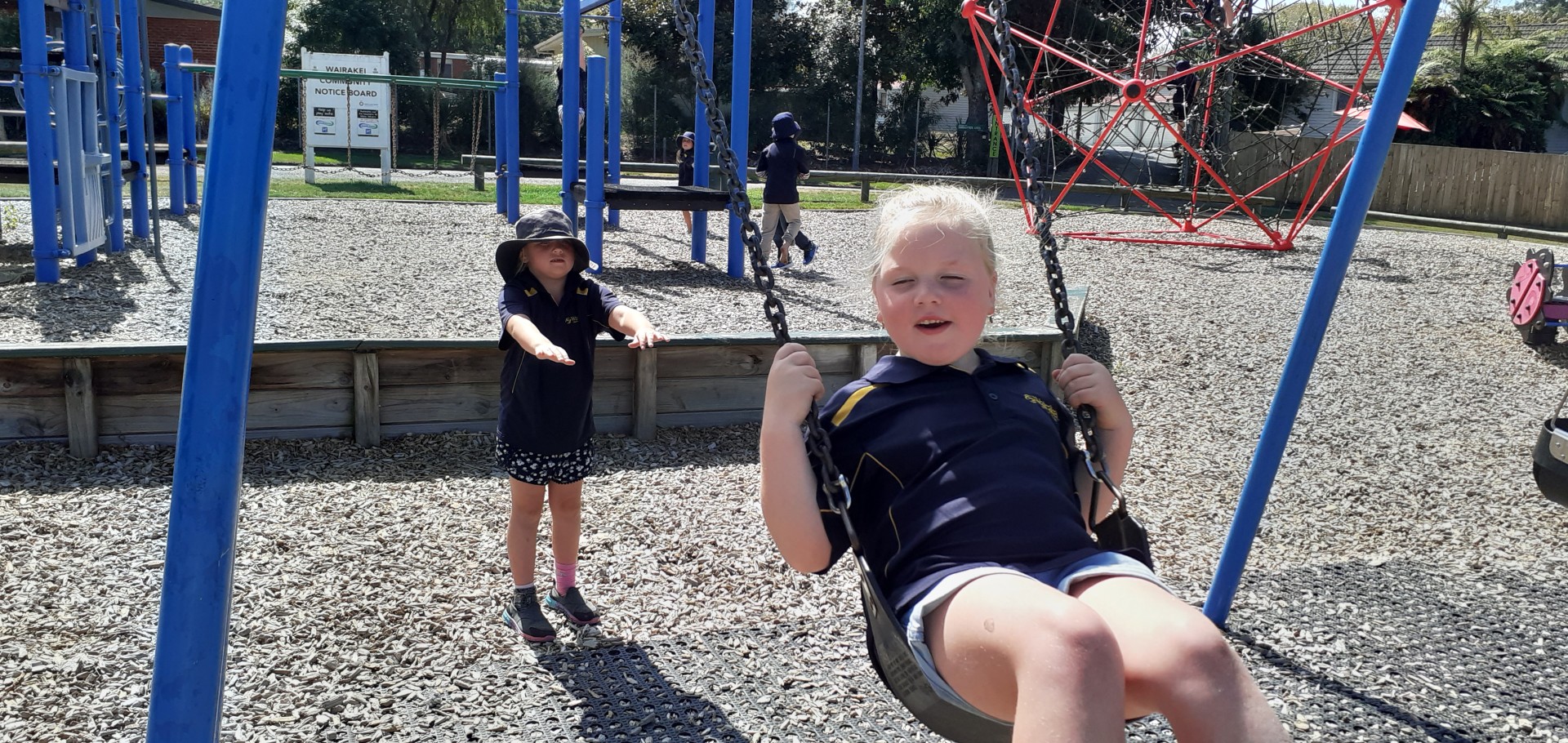
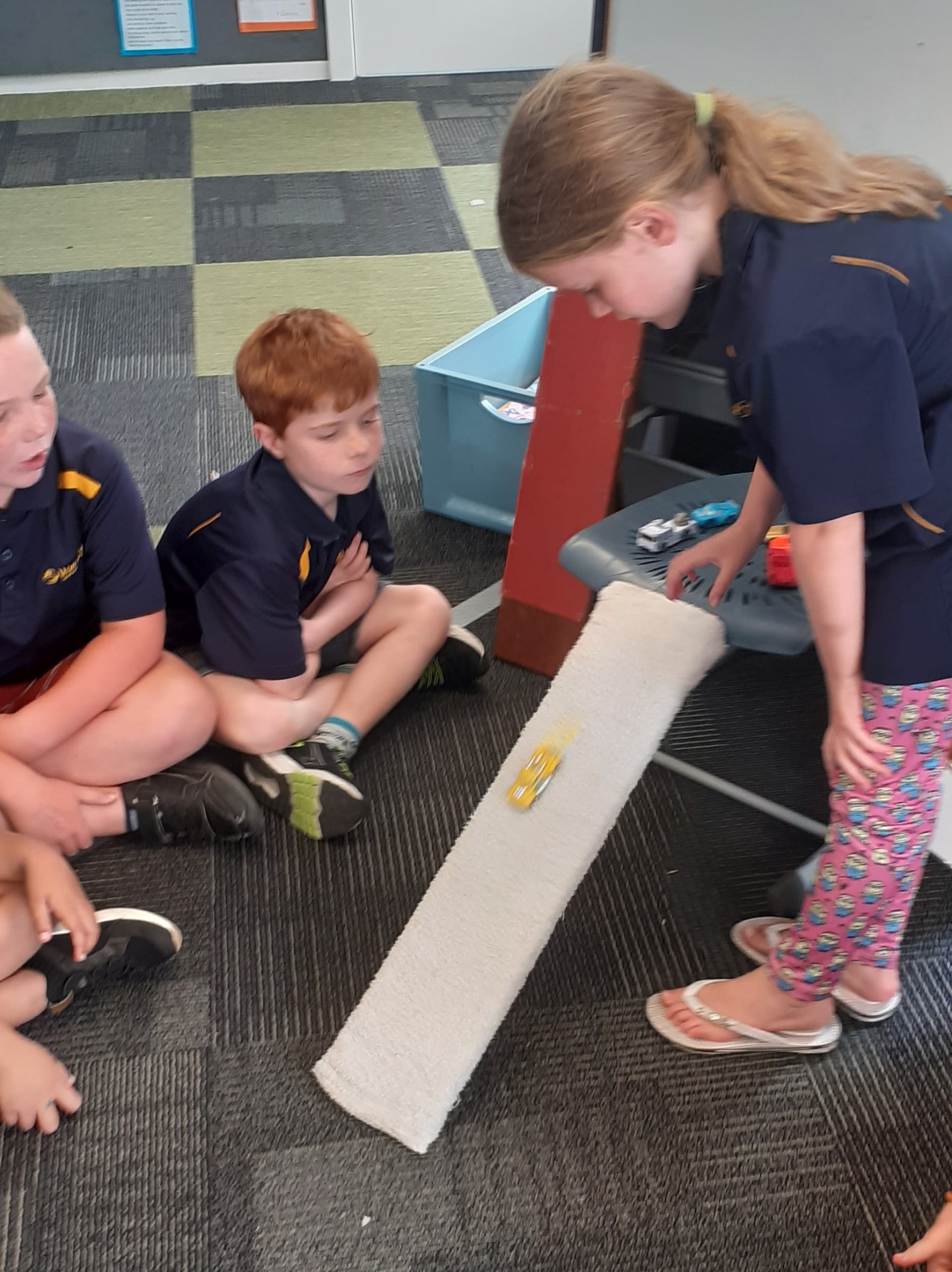
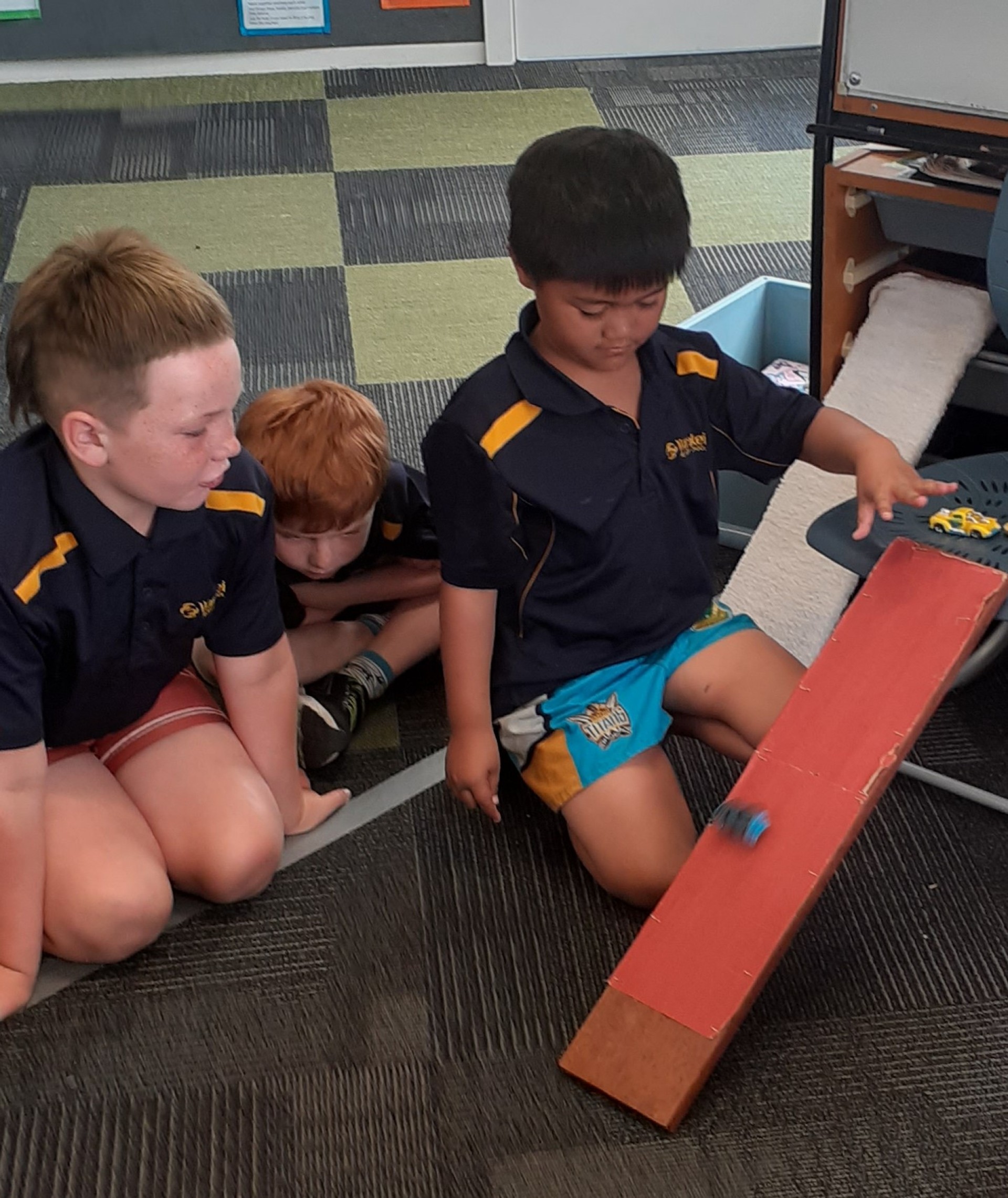
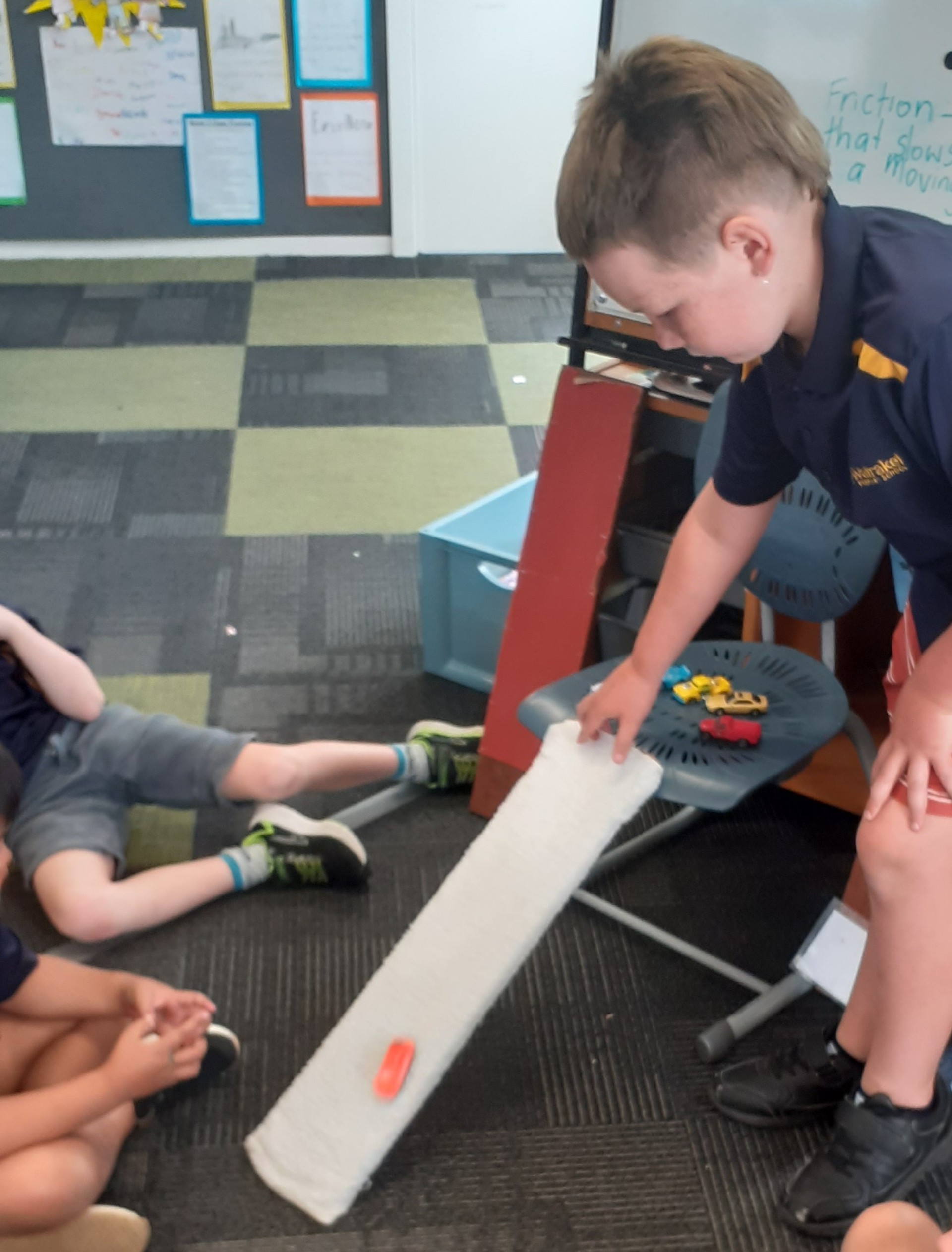
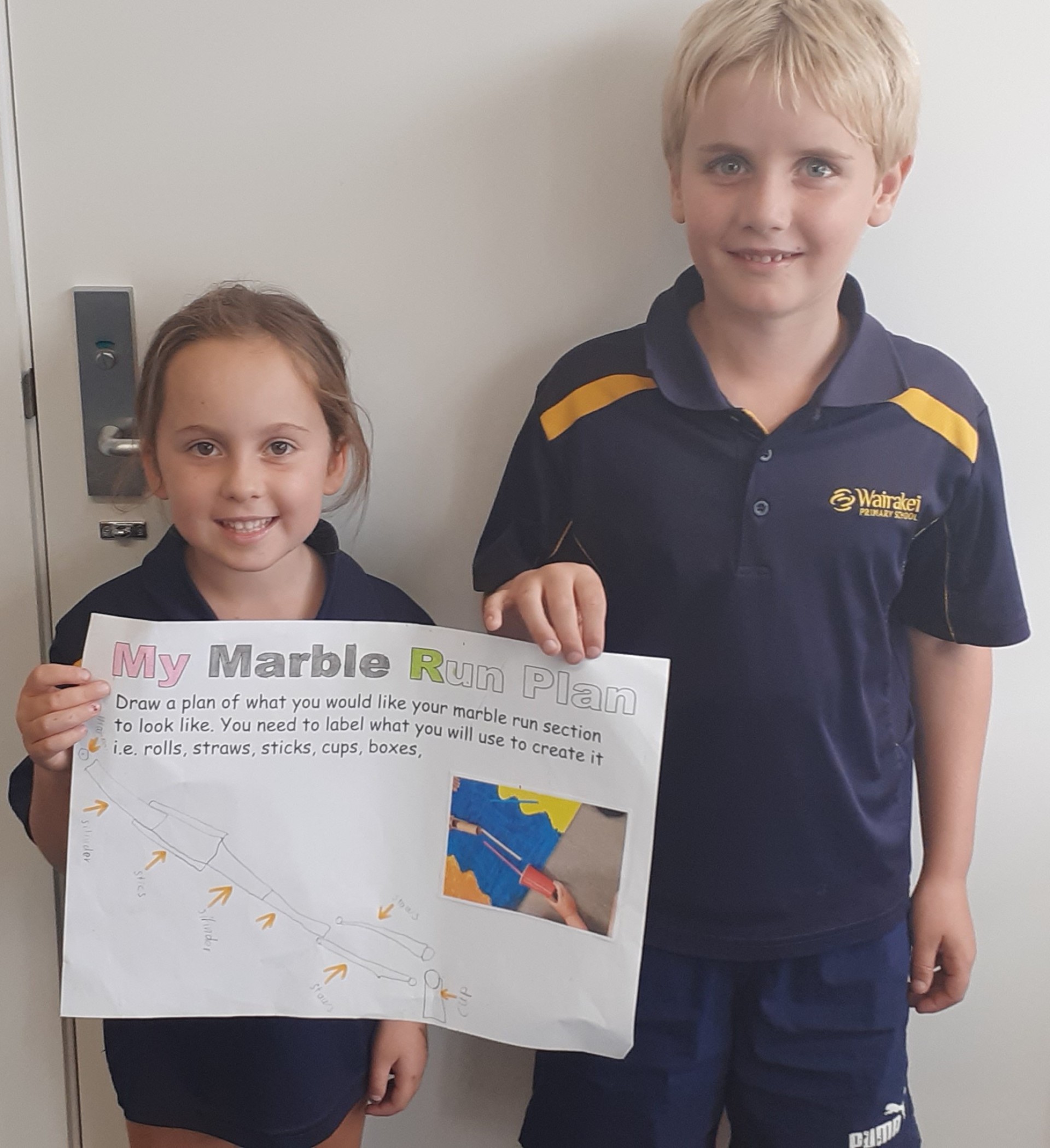
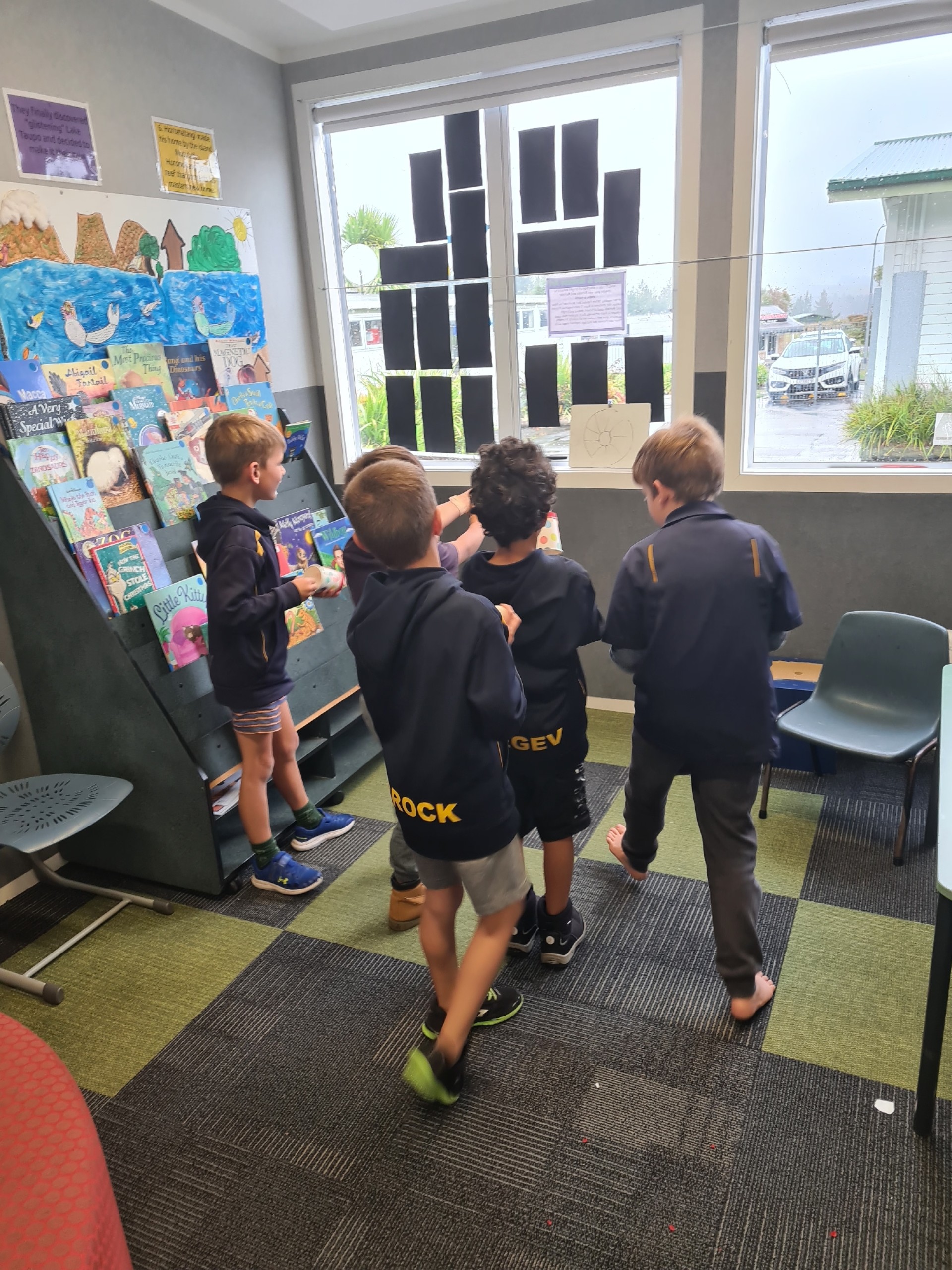

Comments are disabled for this post.